If you’ve ever wondered why does gin taste like gin, you either needed to set down that martini glass or you’re the type to wax poetic about cocktails. But, the answer is: botanicals.
What are botanicals? Botanicals are herbs, spices, and other ingredients that have been infused into gin during the distillation process. They give the spirit its distinctive flavor profile.
The most well-known botanical is juniper, but the array of available botanicals goes much further than that. Botanicals include herbs, spices, roots, fruits and more. Maybe you’re a gin novice or you’re crafting gin cocktails at home that are more creative than a tried-and-true gin and tonic.
Either way, botanicals are a fun and fresh entrée into the world of alcoholic beverages. (They also sometimes show up in vodka.) And, if you want to infuse your own gin you can do that too, using a gin-making kit.
10 Popular Gin Botanicals
1. Juniper
Officially, gin isn’t gin without juniper. Gin derives its name from “jenever,” which is for juniper, and the berries give gin its distinctive, piney taste. Because let’s be honest, sipping straight gin is kind of like drinking a Christmas tree without having to worry about any pesky ornaments (angel tree-topper, is that you?).
In the Middle Ages, juniper berries were beloved for their medicinal qualities, but drinking more gin won’t actually cure your hangover. Sorry.
2. Coriander
If you’re thinking, wow, that sounds like something straight out of my spice cabinet, you would be correct. Coriander imbues gin with spicy, nutty, citrus-y notes and is the second most common botanical after juniper.
Distillers typically roast coriander seed, which comes from the same plant as cilantro, and the flavor profile of the herb changes depending on what region it hails from. Trying to taste this botanical in your favorite gin? Watch for its unique notes at the finish. Don’t tell your cilantro-hating friends. What they don’t know can’t hurt them, right?
3. Angelica
Angelica is more than just the villain from “Rugrats.” Angelica is also a popular herbal botanical that gives gin a slightly medicinal, earthy flavor. Gin distillers normally use the root of the plant, which chemically, serves as a binding agent for other flavors.
Fun fact: Angelica is also used by witches for healing and protection from evil. We’re not saying that drinking it will keep your ex from texting “u up?” at 2am, but it might be worth a shot. Or two.
4. Cardamom
Cardamom is comfort in pod form, like a cozy cup of chai sipped in front of a roaring fire. Cardamom is a sweet and spicy, er, spice that’s often the life of the flavor party. Gin distillers use the green cardamom pods to give their spirit a citrus-y, grassy, sweet and spicy flavors. They rarely use black cardamom as it provides more of a smoky profile. A little bit of this aromatic botanical goes a long way, much like body glitter right before a hot date.
5. Licorice
Black licorice is a lot like the first season of Schitt’s Creek: You either love it or you hate it. Luckily, licorice root is not as polarizing in botanical form, where it tastes woody and sweet. It also changes the texture of the gin—points for describing it as “viscous” during your next Zoom gin tasting.
Black licorice is a lot like the first season of Schitt’s Creek: You either love it or you hate it. Luckily, licorice root is not as polarizing in botanical form, where it tastes woody and sweet, comparable to anise without the burn. Licorice root affects the flavor and the mouthfeel of gin by making it oilier. Points for describing it as “viscous” during your next Zoom gin tasting.
6. Lemon
Lemon beats orange as the most popular citrus botanical used in distilling. And, in our hearts. Distillers use dried lemon peel to give gin its zest. Lemon’s tart, fresh flavor brightens some of the more herbal botanicals like angelica.
7. Cassia Bark
Cassia bark is the thicker, hardier cousin of cinnamon bark. Although it has a strong, spicy smell, its bark is worse than its bite—think earthy and sweet. Distillers value this botanical for its complex and comforting effects. Cinnamon was also used in the mummification process in Ancient Egypt. Really makes you look at Cinnamon Toast Crunch with fresh eyes.
8. Orange
The orange may play second fiddle to lemon, but don’t overlook this fruit’s appeal. Distillers can choose between sweet or bitter Seville oranges and use either fresh or dried orange peel for different flavor effects. Hopefully none of which involve lasers.
9. Orris Root
Orris root, the root of the iris flower, is considered a “fixative” agent that helps the other botanicals play well together. The dried root has a floral aroma and a sweet and woody taste like licorice. Unlike licorice, it’s rumored to be a key ingredient in Chanel No. 5.
10. Nutmeg
Nutmeg isn’t just for baking anymore! This botanical is popular for its warmth and sweetness and adds pleasant, mellow spice and heat to gin. Despite this spice’s devastating history, it’s rumored to be an aphrodisiac. We’ll let your brain sort the cognitive dissonance of this one out.
- 10 More Women Who Would Make a Great Bond, Jane Bond - October 5, 2021
- 50 Hilarious Donut Jokes for When You’re in a Jam - February 9, 2021
- Don’t Waffle on These 19 Breakfast Puns - January 21, 2021

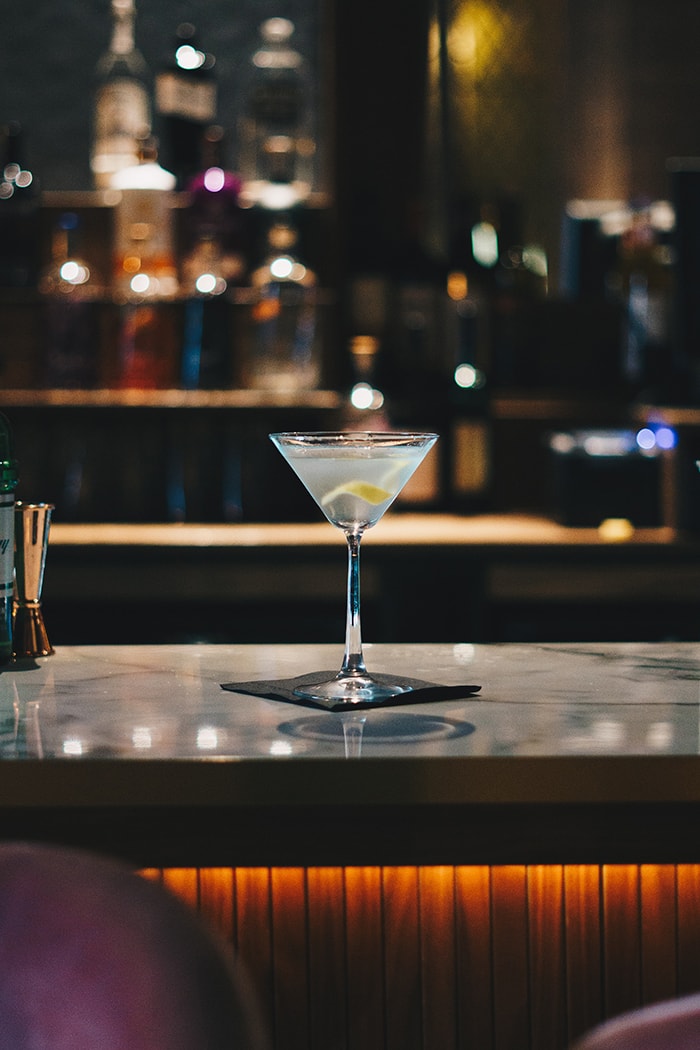
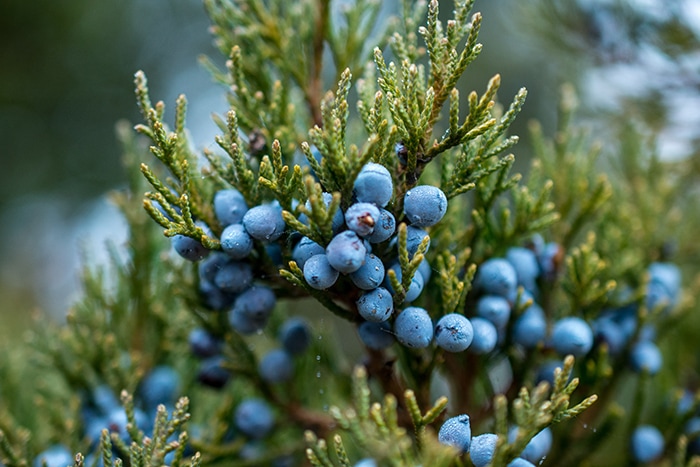
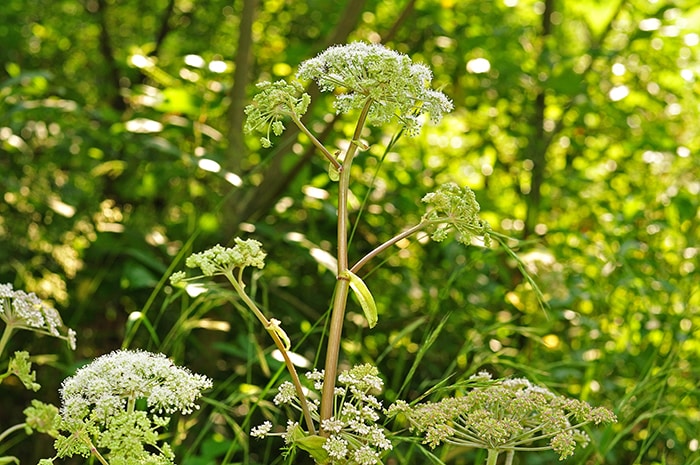
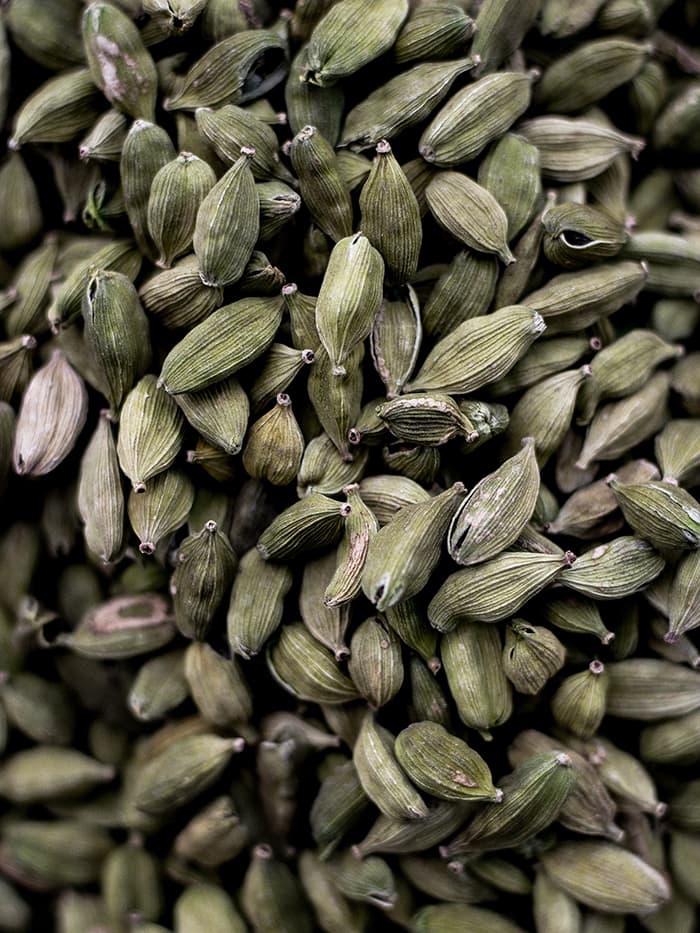
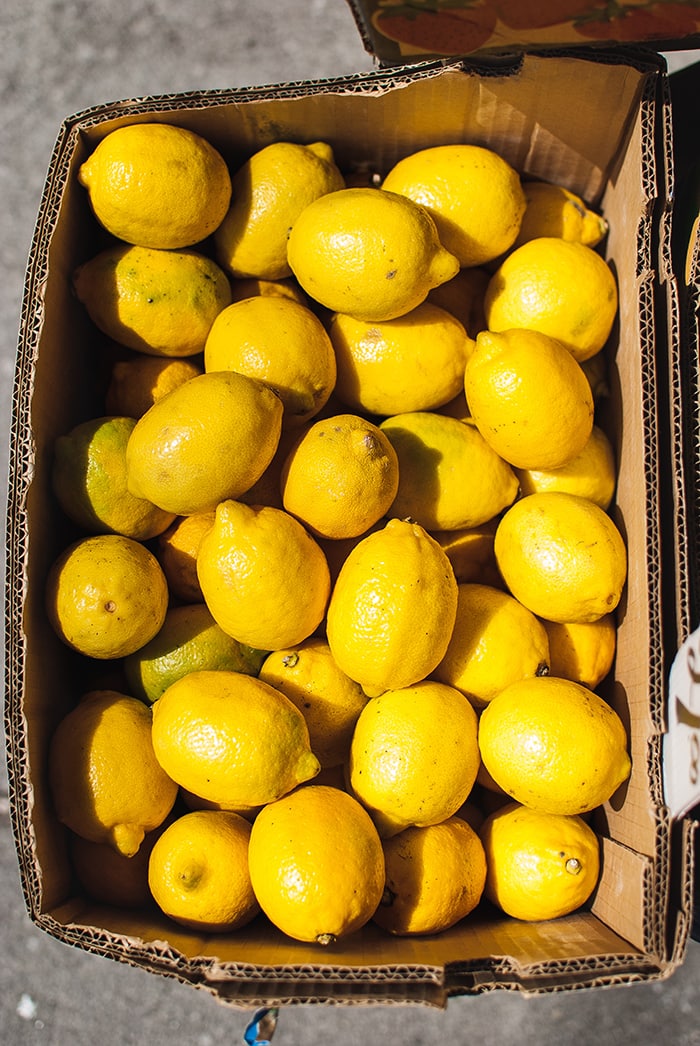
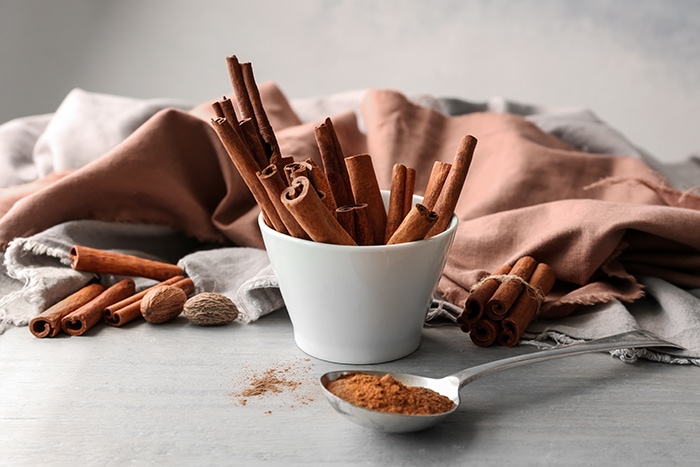
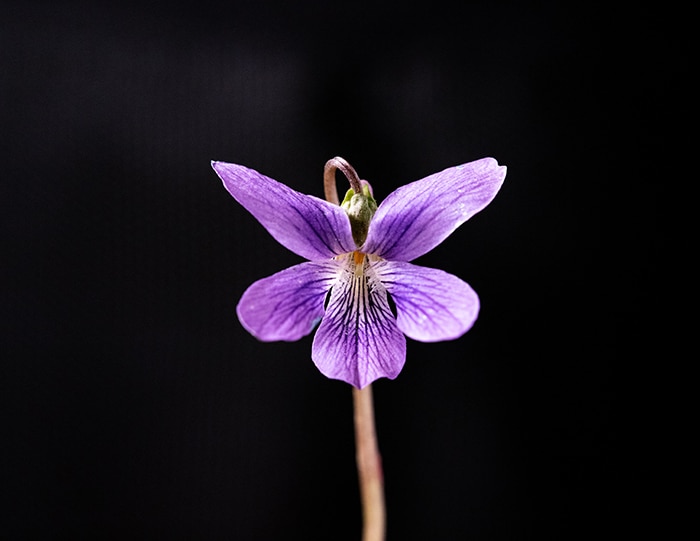
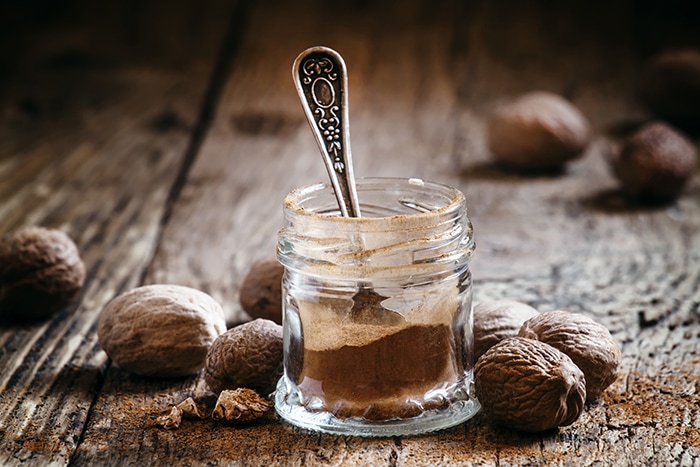


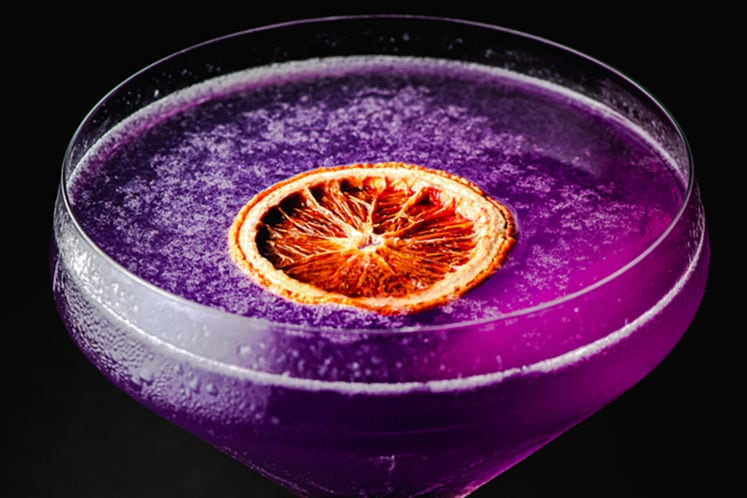
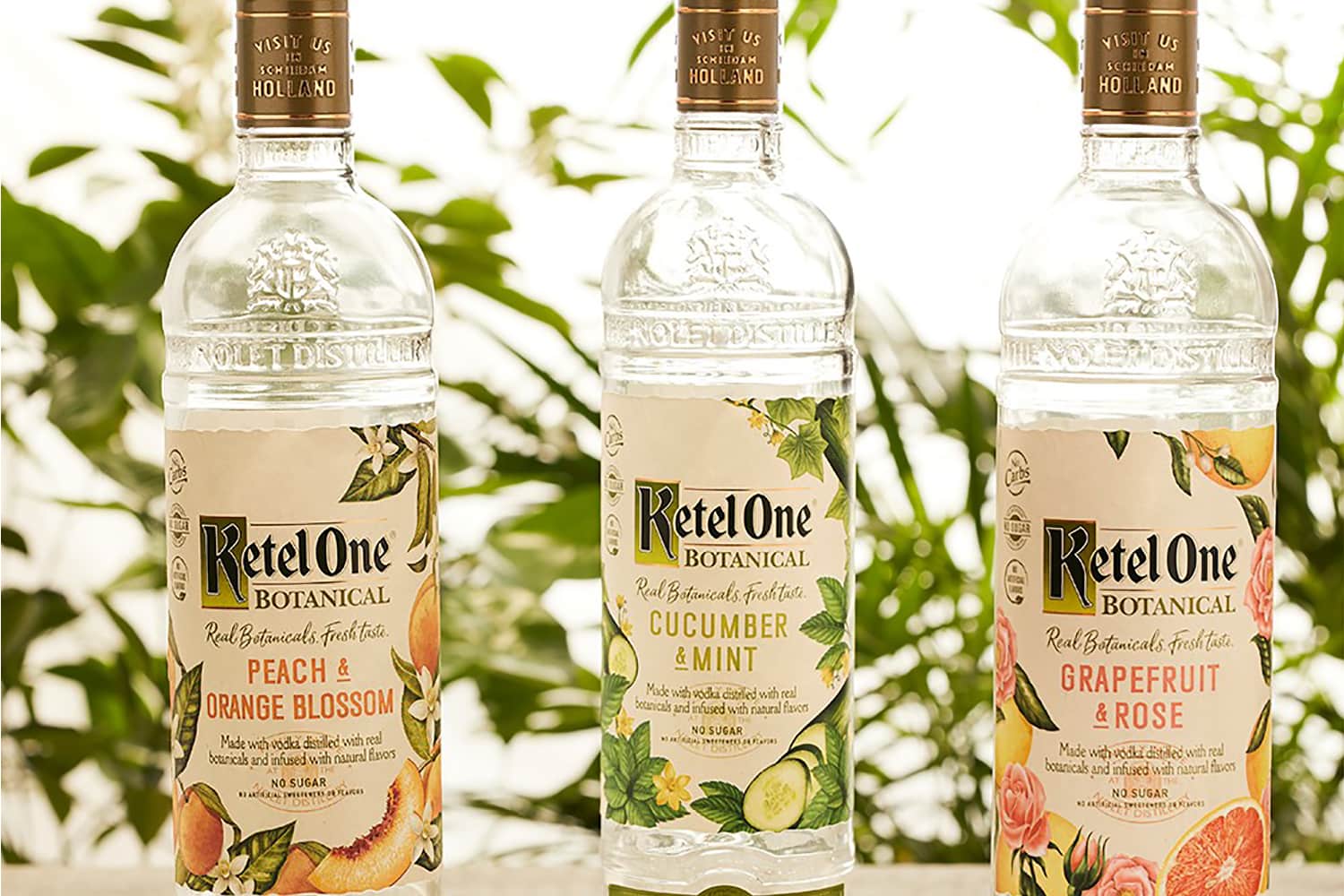
Leave a Comment